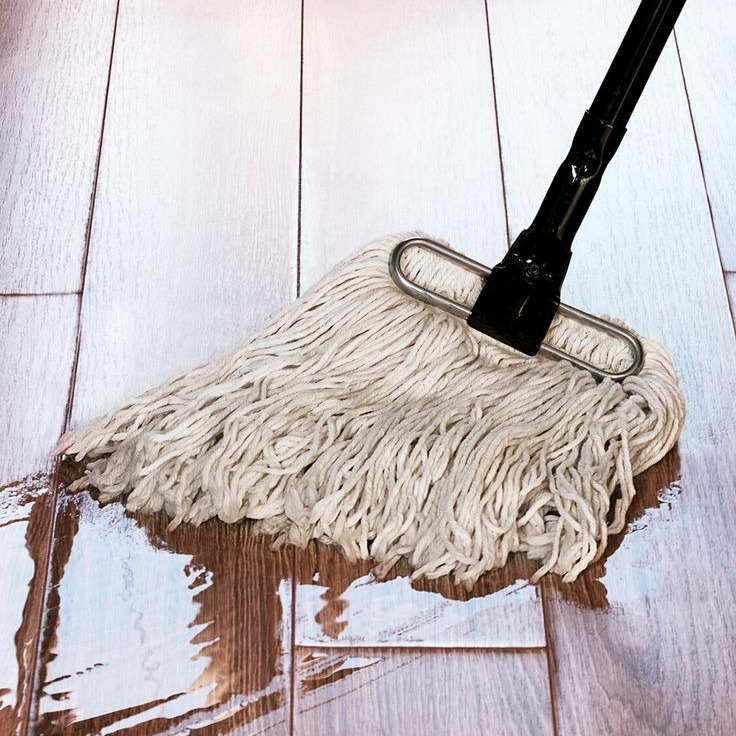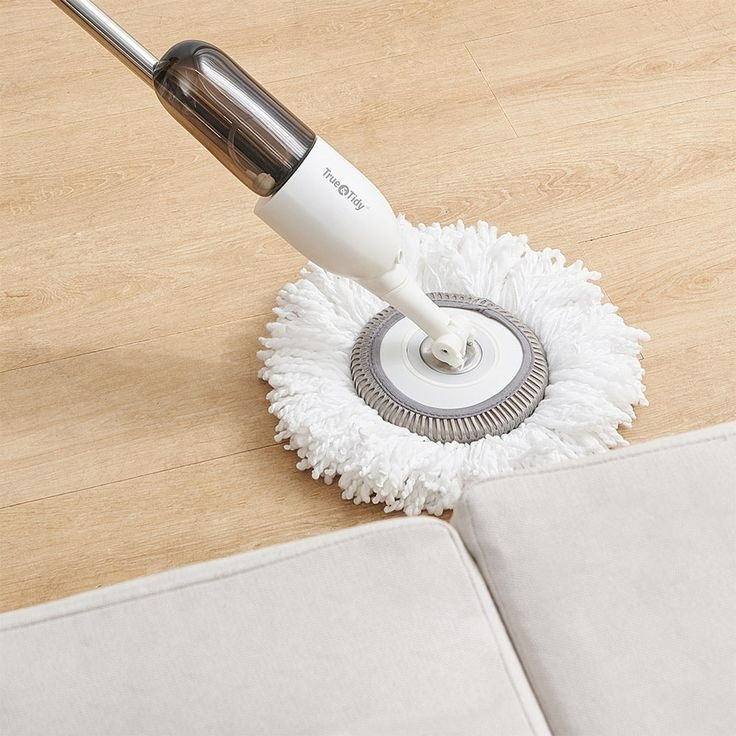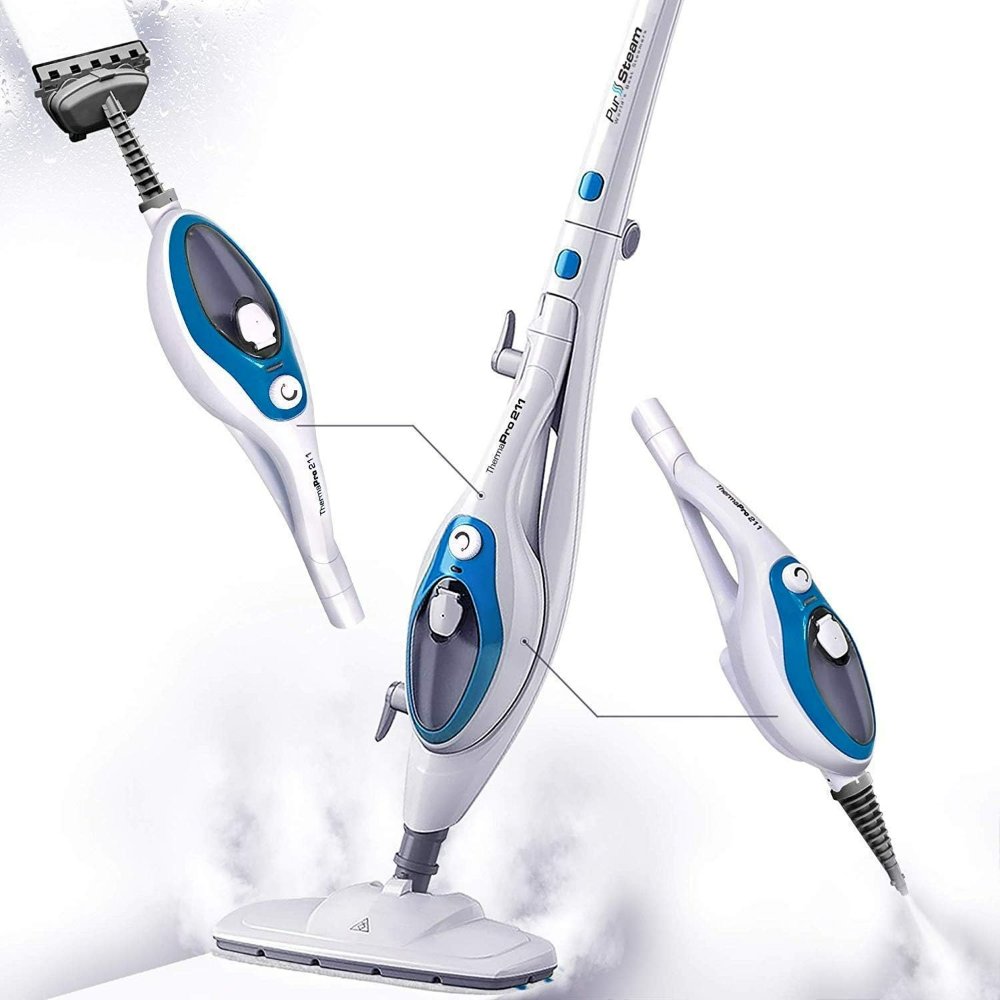Importance of Regular Floor Dusting
Maintaining clean floors is not just about appearances; it’s a matter of health and safety. Regular dusting of floors is essential to remove the fine particles that accumulate daily. These particles can include dust, pollen, pet dander, and even microscopic allergens. If left unchecked, they can affect the air quality within your home and may lead to respiratory issues.
Dusting floors regularly also preserves the floor’s integrity. Hardwood and tile floors can sustain scratches from debris like grit and sand. Regular use of a dust mop helps protect the finish and extend the floor’s life. For carpeted areas, while vacuuming is the preferred method, dust mopping can pick up the larger particles and hair that vacuums sometimes miss.
Furthermore, frequent floor dusting can vastly enhance the cleanliness of your home. It prevents the buildup of dirt that can become harder to clean if left for too long. Regular dusting saves time and effort in the long run, as less intensive cleaning is required.
Lastly, using a dust mop is quick and efficient. It provides an easy way to keep floors looking good between deeper cleanings. It’s also quieter and more energy-efficient compared to vacuum cleaners, making it an eco-friendly option for light cleaning.

Selecting the Right Dust Mop for Your Floors
Choosing the right dust mop is key to effective floor cleaning. With so many options available, it’s important to select a mop that suits your floor type and cleaning habits. Let’s explore the various kinds of dust mops and the features you should consider.
Different Types of Dust Mops
Dust mops come in several forms, and each serves a specific purpose. The traditional cotton dust mop is known for its softness and ability to pick up fine particles. Microfiber mops are becoming more popular due to their durability and high dust-attracting capabilities. Synthetic mops, on the other hand, are affordable and easy to launder. For those looking to quickly clean large areas, looped-end dust mops cover more surface in less time.
Some dust mops have flat heads that are great for sliding under furniture, while others have wedge shapes to get into tight corners. Think about the layout of your home and the challenges you face when cleaning. This will guide you in choosing the right shape and material for your dust mop.
Key Features to Look for in a Dust Mop
When selecting a dust mop, consider how each feature will benefit your cleaning routine. Look for a mop with a sturdy handle that feels comfortable in your grip. A swivel head allows you to navigate around furniture easily. Adjustable handles help you reach under couches and up to high corners.
The mop’s material is another crucial aspect. Microfiber heads are effective at trapping dust and are often machine washable for easy cleaning. Lastly, make sure the mop head size is suitable for your space. Larger heads are efficient for big, open areas, while smaller heads are more maneuverable in tight spaces.
In summary, understand the type of floors you have and the typical dust challenges in your home. Match these with the mop’s material, shape, and features for the best cleaning experience. With the right dust mop, maintaining spotless floors becomes a much simpler task.
Preparing Your Floor for Dust Mopping
Before you start dust mopping, a little prep can make a big difference. To ensure that your dust mop glides smoothly and picks up as much dirt as possible, prepare your floors properly. Here’s how you can get started.
Clearing the Area
Begin by removing clutter from the floor. This includes toys, shoes, and small furniture. Check for stray items like coins which can snag on the mop head. Slide chairs and tables to the side to create ample space for dust mopping. Clear floors allow the dust mop to move freely, ensuring a more thorough clean.
Spot Cleaning Stains
Next, inspect your floors for any spots or stains. Utilize a gentle cleaner and a cloth to treat these areas. Doing this now means your dust mop won’t spread the dirt around. For stubborn stains, a soft scrubber may be needed, but be cautious to avoid scratching the surface. Once you spot clean, allow the floors to dry completely before using the dust mop. This step is crucial for an effective dusting session and spotless floors.

Proper Dust Mop Technique
Proper dust mopping requires technique to achieve cleanliness efficiently. Utilize the right motions and methods to ensure floors are dust-free while taking good care of your dust mop. Follow these steps for the best results.
The Correct Way to Maneuver a Dust Mop
Start with the dust mop at the edge of the room, and work backward towards the exit. This avoids stepping on cleaned areas. Use a figure-eight motion to capture more dust and reduce the need to lift the mop. This motion also helps to keep the dirt on the mop and not spread it around. Remember to shake the dust mop outdoors or over a trash can to release trapped particles.
Areas to Focus On During Dust Mopping
Pay attention to high-traffic zones where dust and debris accumulate quickly. These often include entryways, hallways, and areas beneath furniture. Don’t ignore corners and edges where pet hair and dust bunnies tend to gather. For the best outcomes, use light strokes on fragile floors to prevent scratches. Regular dust mopping helps maintain a spotless floor and a healthier living space.
Cleaning and Maintaining Your Dust Mop
To keep your dust mop working effectively, proper care and maintenance are essential. A well-maintained mop ensures that each cleaning session is as productive as the first. Here’s how to keep your dust mop in top condition.
How to Clean a Dust Mop After Use
After you finish dust mopping, it’s time to clean the mop head. Shake it outdoors or over a trash bin to remove loose particles. If the mop head is microfiber or another washable material, detach it and wash it according to the manufacturer’s instructions. Typically, a gentle cycle with mild detergent does the trick. Avoid using fabric softeners, as they can coat the fibers and reduce their dust-attracting ability. Allow the mop head to air dry completely before reattaching it to the handle.
Tips for Long-Term Dust Mop Care
For your dust mop to last longer, follow these additional care tips:
- Store the mop in a clean, dry place.
- Periodically inspect the handle and frame for damage.
- Replace the mop head when it shows signs of wear.
- Do not store the mop with the head pressed against the floor to prevent it from getting misshapen.
- Consider having a second mop head to use while the other is being washed.
By cleaning and caring for your dust mop properly, you can extend its life and ensure it’s always ready for the job. With these tips, you’ll keep your floors looking spotless with minimal effort.

Dust Mopping vs. Wet Mopping: When to Use Each
Understanding when to use a dust mop versus when to opt for wet mopping is key. These methods are different and serve different cleaning needs. Here’s a guide to help you decide which to use and when.
When to Use a Dust Mop
You should use a dust mop for daily or frequent floor cleaning. This method is quick and gentle on your floors. Dust mops are best for picking up dry particles like dust, hair, and lint. If you see fine particles or loose debris on your floor, reach for your dust mop. It’s suited for hardwood, laminate, and tile floors that need regular light cleaning.
When to Use Wet Mopping
Wet mopping is for deep cleaning or when there’s visible dirt or spills. Use this method for monthly maintenance or when the floor looks dingy. It uses water and cleaner to break down and remove grime. Wet mopping works best on non-wooden floors. Avoid it on hardwood to prevent water damage.
Remember to always start with dust mopping. This will remove loose debris before you wet mop. Doing so prevents dirt from turning into mud when it comes into contact with the cleaning solution. This keeps your floors looking spotless and helps maintain their appearance and longevity.
Innovative Dust Mopping Products and Accessories
With advancements in cleaning technology, many innovative dust mopping products have arrived on the market. These tools enhance the traditional dust mopping experience and bring new levels of convenience and efficiency to floor maintenance. When looking for the latest advancements in dust mop accessories, consider the following:
- Advanced Microfiber Mop Pads: New microfiber materials offer improved dust capture and retention. Look for advanced pads with electrostatic properties or enhanced weaves.
- Ergonomic Mop Handles: Ergonomic designs reduce strain on your hands and back. Some handles feature grips that conform to your hand and pivoting joints for better maneuverability.
- Washable Mop Heads: Reusable and machine-washable heads save money and are eco-friendly. They can be used multiple times before needing replacement.
- Extendable Handles: Handles that extend can help you reach high places or clean under furniture without bending over.
- Mop Head Attachments: Various attachments can be used for different surfaces or cleaning challenges, such as static cling attachments that attract hair and dust.
These innovations make dust mopping more effective, less physically taxing, and more adaptable to a variety of cleaning situations. Always choose products that are compatible with your dust mop and suitable for the types of floors in your home. By incorporating these modern products, you can streamline your dust mopping routine for spotless floors with less effort.